Gallery
In Designer
About Dc-10
The McDonnell Douglas DC-10 is an American trijet wide-body aircraft manufactured by McDonnell Douglas. The DC-10 was intended to succeed the DC-8 for long-range flights. It first flew on August 29, 1970; it was introduced on August 5, 1971, by American Airlines.
The trijet has two turbofans on underwing pylons and a third one at the base of the vertical stabilizer. The twin-aisle layout has a typical seating for 270 in two classes. The initial DC-10-10 had a 3,500 nmi (6,500 km) range for transcontinental flights. The DC-10-15 had more powerful engines for hot and high airports. The DC-10-30 and -40 models (with a third main landing gear leg to support higher weights) each had intercontinental ranges of up to 5,200 nmi (9,600 km). The KC-10 Extender (based on the DC-10-30) is a tanker aircraft operated primarily by the United States Air Force.
Early operations of the DC-10 were afflicted by its poor safety record, which was partially attributable to a design flaw in the original cargo doors that caused multiple incidents, including fatalities. Following the American Airlines Flight 191 crash (the deadliest aviation accident in US history), the US Federal Aviation Administration (FAA) temporarily banned all DC-10s from U.S. airspace in June 1979. In August 1983, McDonnell Douglas announced that production would end due to a lack of orders, as it had a widespread public apprehension after the 1979 crash and a poor fuel economy reputation.[2] As design flaws were rectified and fleet hours increased, the DC-10 achieved a long term safety record that was comparable to similar era passenger jets.
Production ended in 1989, with 386 delivered to airlines along with 60 KC-10 tankers. The DC-10 had outsold the similar Lockheed L-1011 TriStar. It was succeeded by the lengthened, heavier McDonnell Douglas MD-11. After merging with McDonnell Douglas in 1997, Boeing upgraded many in-service DC-10s as the MD-10 with a glass cockpit that eliminated the need for a flight engineer. In February 2014, the DC-10 made its last commercial passenger flight. Cargo airlines continue to operate a small number as freighters. The Orbis Flying Eye Hospital is a DC-10 adapted for eye surgery. A few DC-10s have been converted for aerial firefighting use. Some DC-10s are on display, while other retired aircraft are in storage.
About Fedex Express
FedEx Corporation, formerly Federal Express Corporation and later FDX Corporation, is an American multinational conglomerate holding company focused on transportation, e-commerce and business services based in Memphis, Tennessee. The name "FedEx" is a syllabic abbreviation of the name of the company's original air division, Federal Express, which was used from 1973 until 2000. FedEx today is best known for its air delivery service, FedEx Express, which was one of the first major shipping companies to offer overnight delivery as a flagship service. Since then, FedEx also started FedEx Ground, FedEx Office (originally known as Kinko's), FedEx Supply Chain, FedEx Freight, and various other services across multiple subsidiaries, often meant to respond to its main competitor, UPS. The company is the fifth largest American-headquartered employer globally with 547,000 employees, and FedEx is also one of the top contractors of the US government and assists in the transport of some United States Postal Service packages through their Air Cargo Network contract.
FedEx's prominence in both the United States and the world has made it a common topic in popular culture, with examples including the film Cast Away as well as some of its marketing slogans (most famously "when it absolutely positively has to be there overnight"). In addition, FedEx has purchased the naming rights to FedExField of the NFL's Washington Commanders and FedExForum of the NBA's Memphis Grizzlies. FedEx's air shipping services have made its "Superhub" at Memphis International Airport the busiest cargo airport in the world by 2020.
About Fedex Flight 14 And Fedex Flight 80
Flight 14’s wreckage 
Flight 80 gif
Flight 14:
FedEx Express Flight 14 was a scheduled cargo flight from Singapore to Newark, New Jersey, via Malaysia, Taiwan, and Alaska. On July 31, 1997, the aircraft flying this route crashed during landing on its final segment at Newark International Airport (EWR), inverting and catching fire, injuring all five people on board.
Flight 80
FedEx Express Flight 80 was a scheduled cargo flight from Guangzhou Baiyun International Airport in the People's Republic of China, to Narita International Airport in Narita, Chiba Prefecture (near Tokyo), Japan. On March 23, 2009, the McDonnell Douglas MD-11F (N526FE) operating the flight crashed at 6:48 am JST (21:48 UTC, March 22), while attempting a landing on Runway 34L in gusty wind conditions. The aircraft became destabilized at flare and touchdown resulting in an unrecovered "bounced" landing with structural failure of the landing gear and airframe, and came to rest off the runway, inverted, and burning fiercely. The captain and first officer, the jet's only occupants, were both killed.
Specifications
Spotlights
- Zerkk 2.2 years ago
General Characteristics
- Predecessor DC10 -30F
- Successors 1 airplane(s) +14 bonus
- Created On iOS
- Wingspan 165.4ft (50.4m)
- Length 181.7ft (55.4m)
- Height 59.0ft (18.0m)
- Empty Weight N/A
- Loaded Weight 132,599lbs (60,146kg)
Performance
- Power/Weight Ratio 1.148
- Horse Power/Weight Ratio 0.033
- Wing Loading 28.2lbs/ft2 (137.7kg/m2)
- Wing Area 4,700.5ft2 (436.7m2)
- Drag Points 10454
Parts
- Number of Parts 413
- Control Surfaces 9
- Performance Cost 3,005

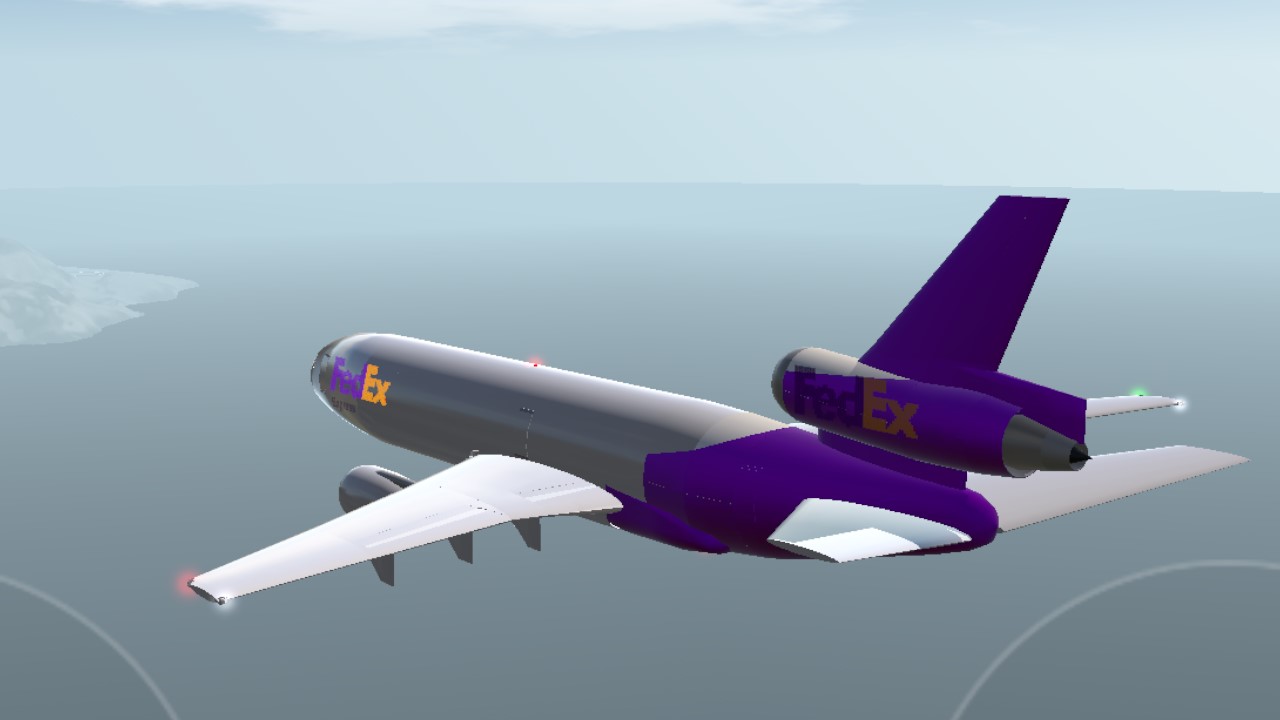
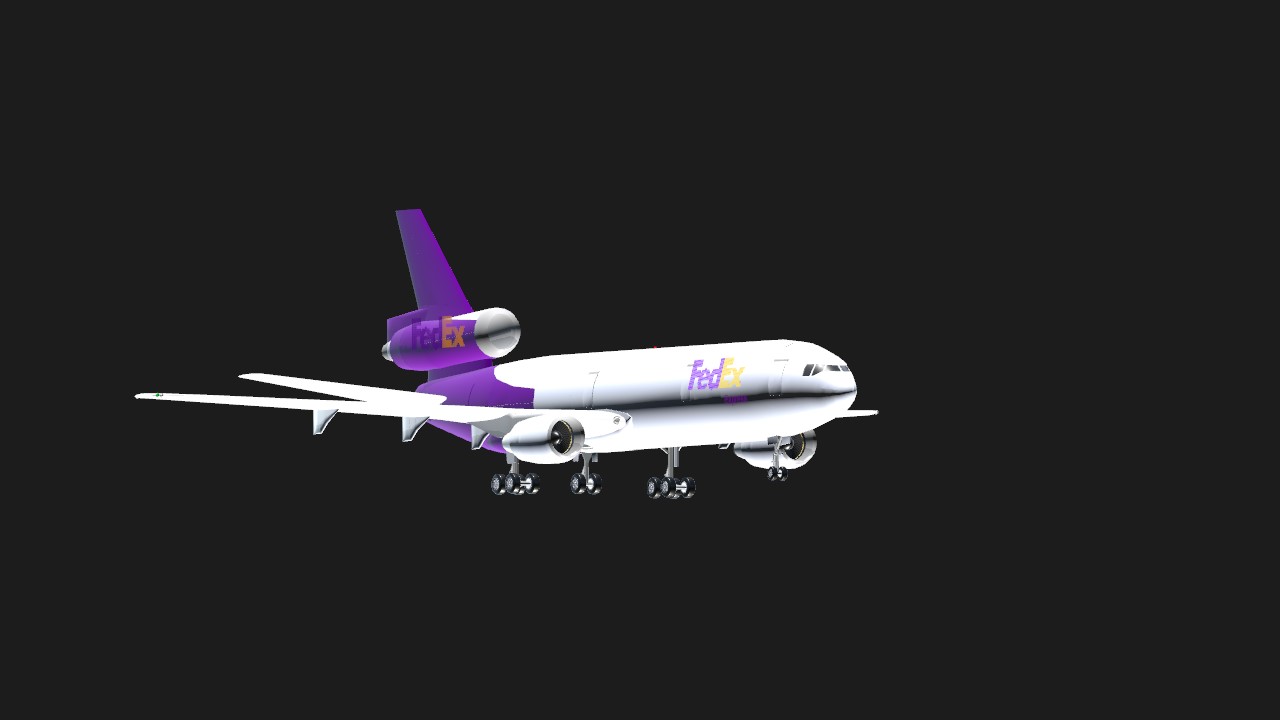
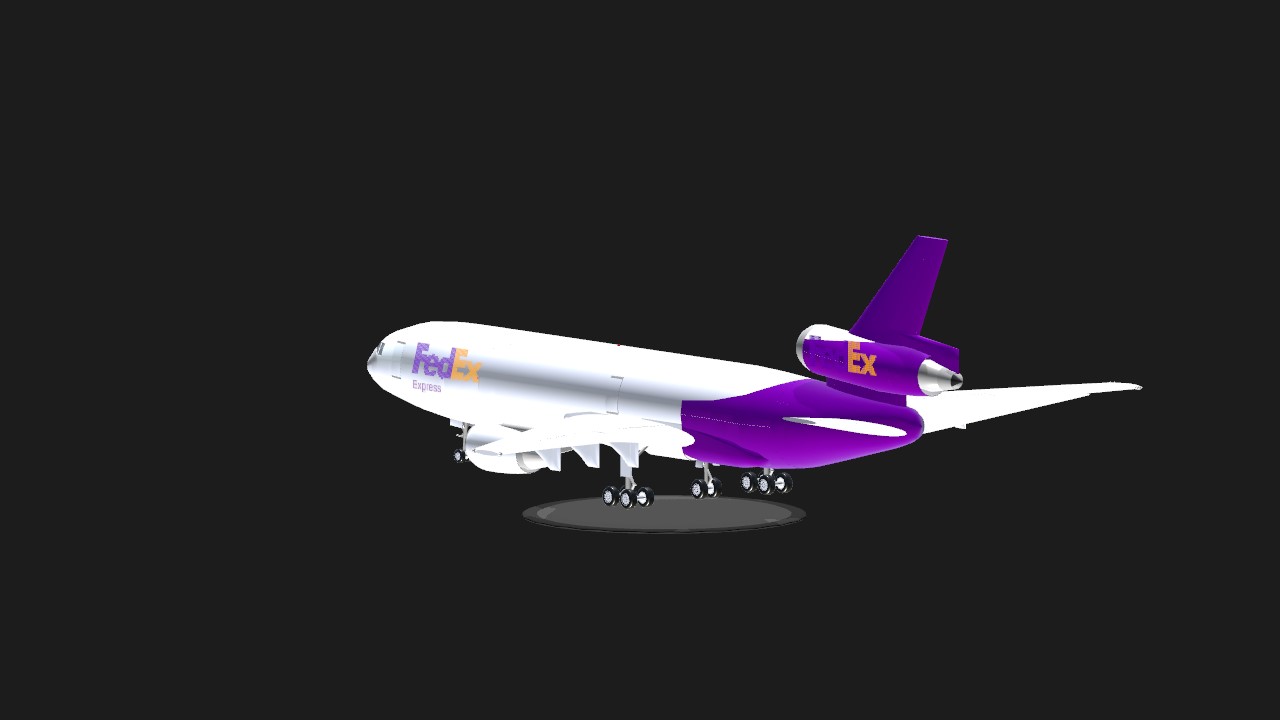

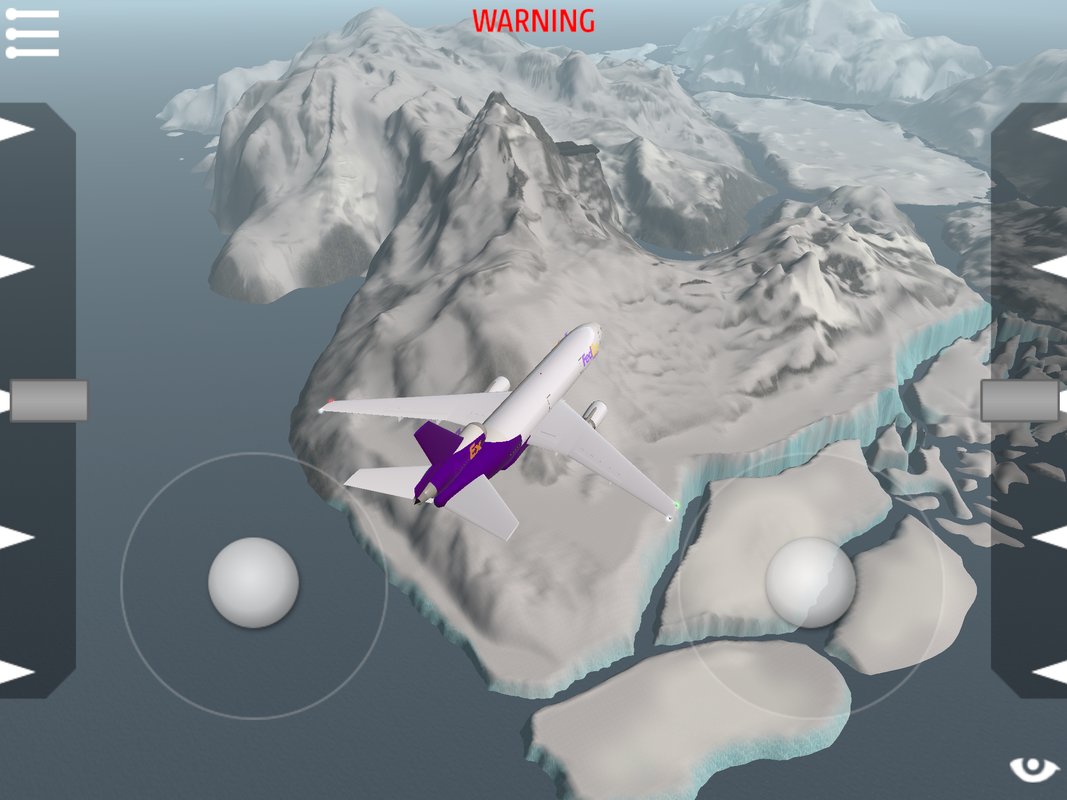
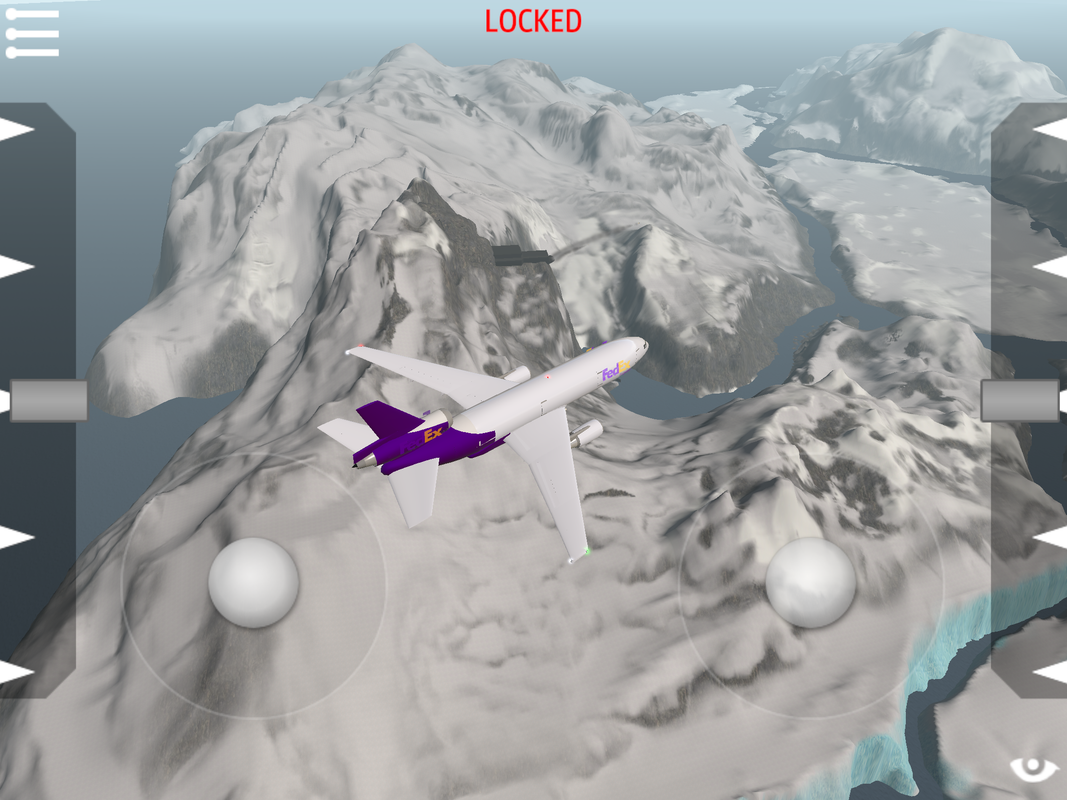
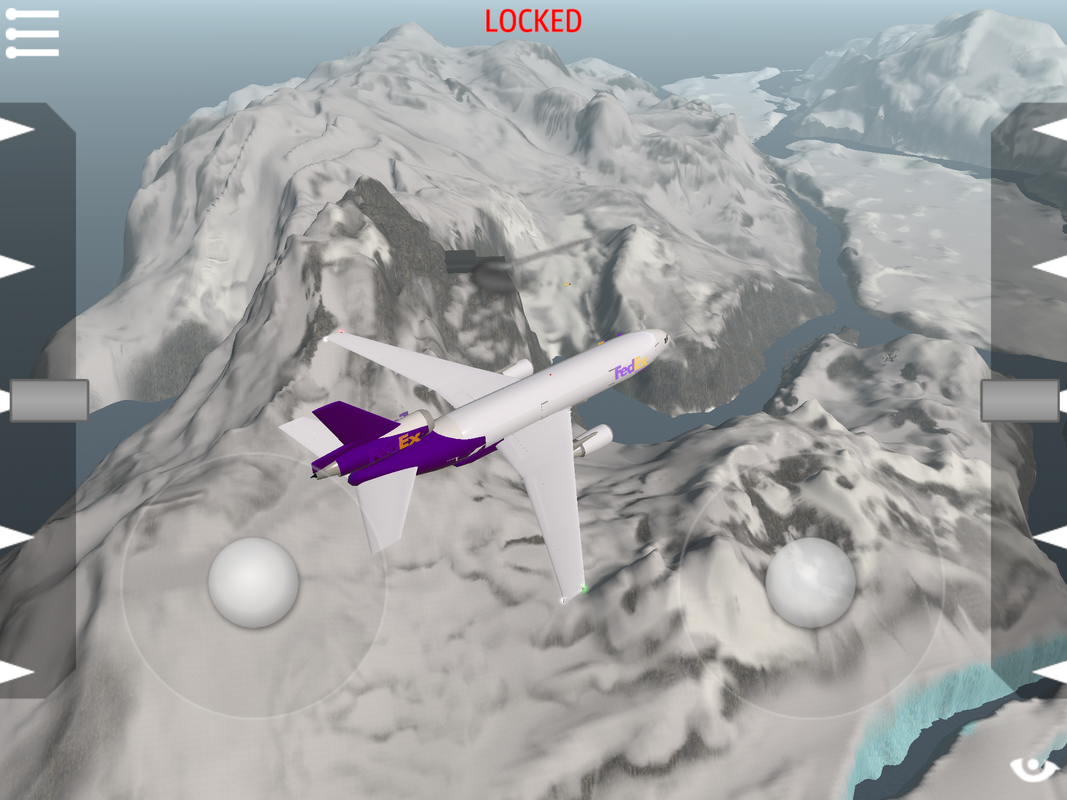
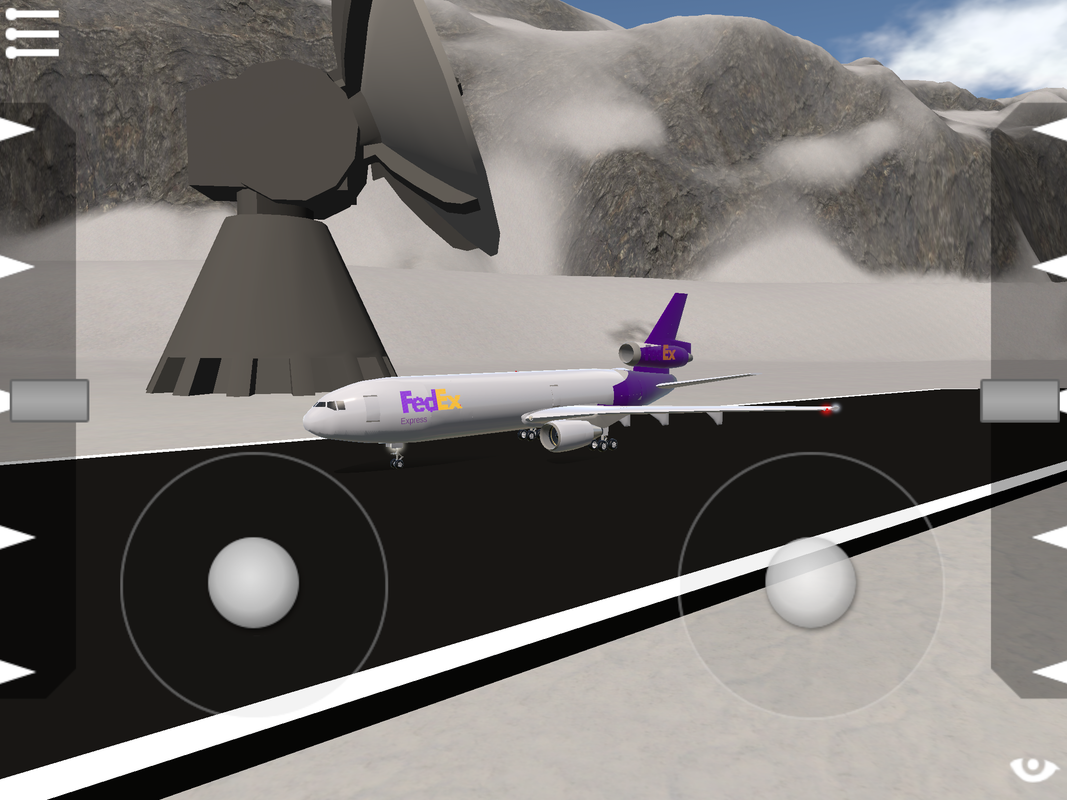



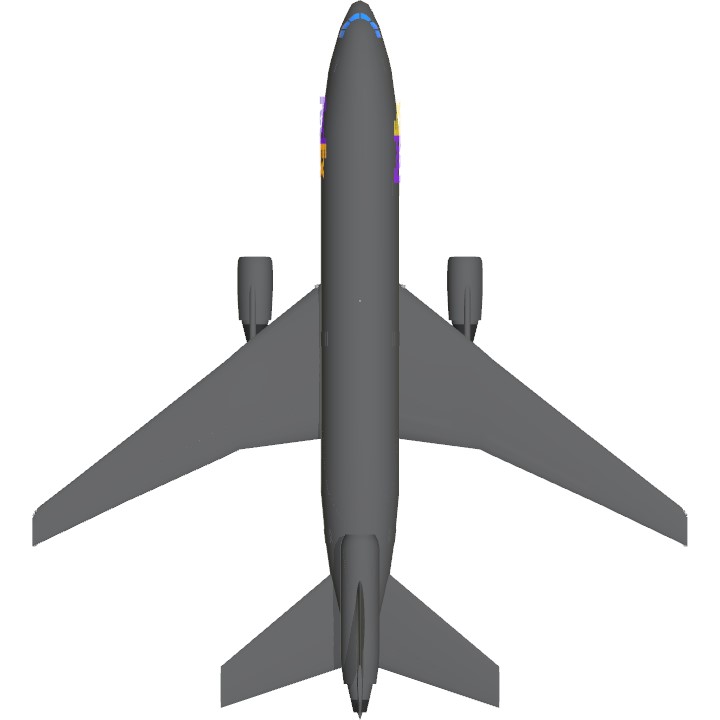
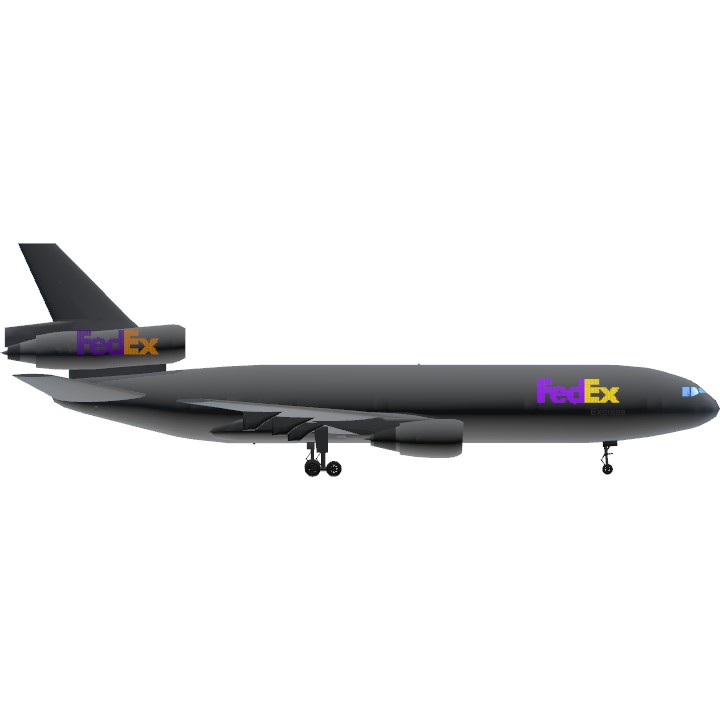
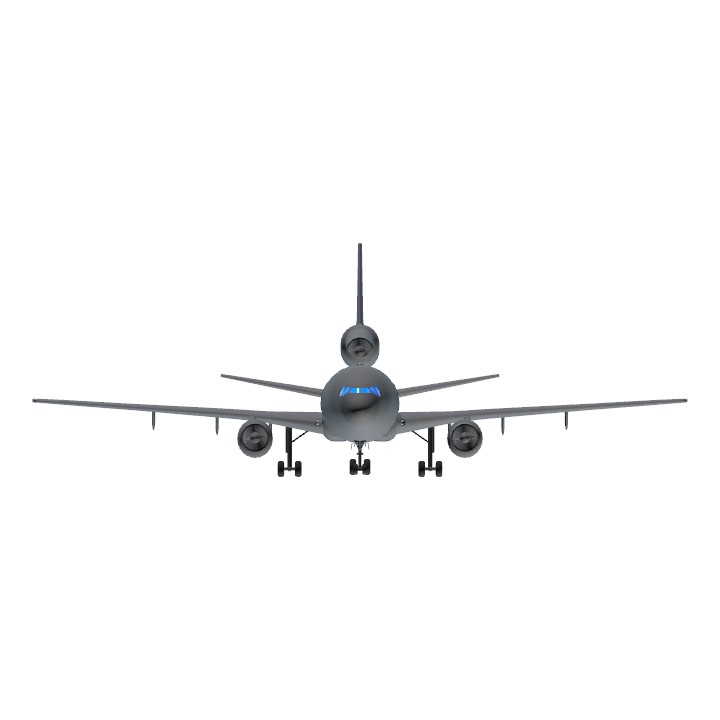
MY INTERNET TRASH SO WAIT IN PICTURES
@Majakalona oh ok
@BeechcraftA35 80
@Majakalona FedEx 14 or 80?
@BeechcraftA35 popular plane crash*
@Majakalona tf
boing boing flames
then popular plane craap
@TupolevTU144Charger
FEDEEEDZZBSJZJZHZASJEJJFJRDJ!1!1!1!1!111
@TupolevTU144Charger
💀
@AverageFedExMD11 bro he's addicted to FedEx 💀
FedEx!1!1!1!1!11!
Tags:
@ImZerkkZxe
@DatMaluchGuy19